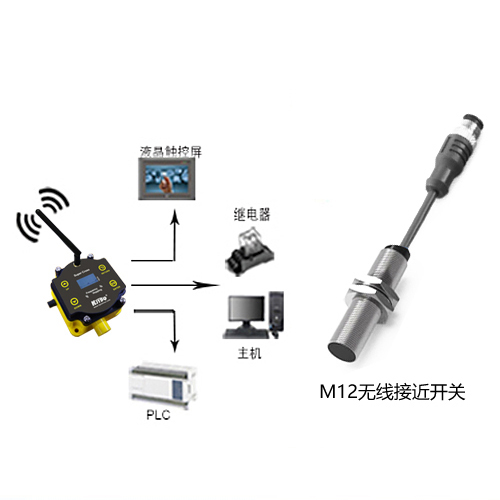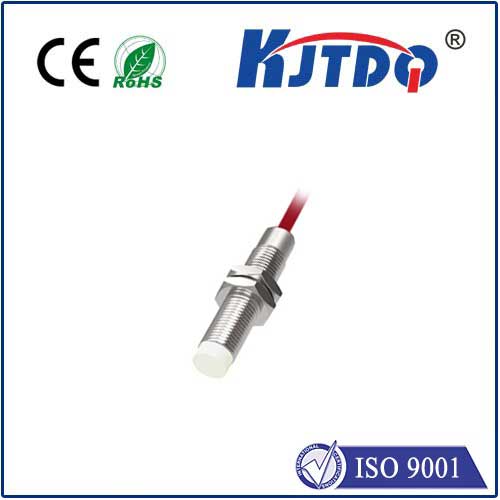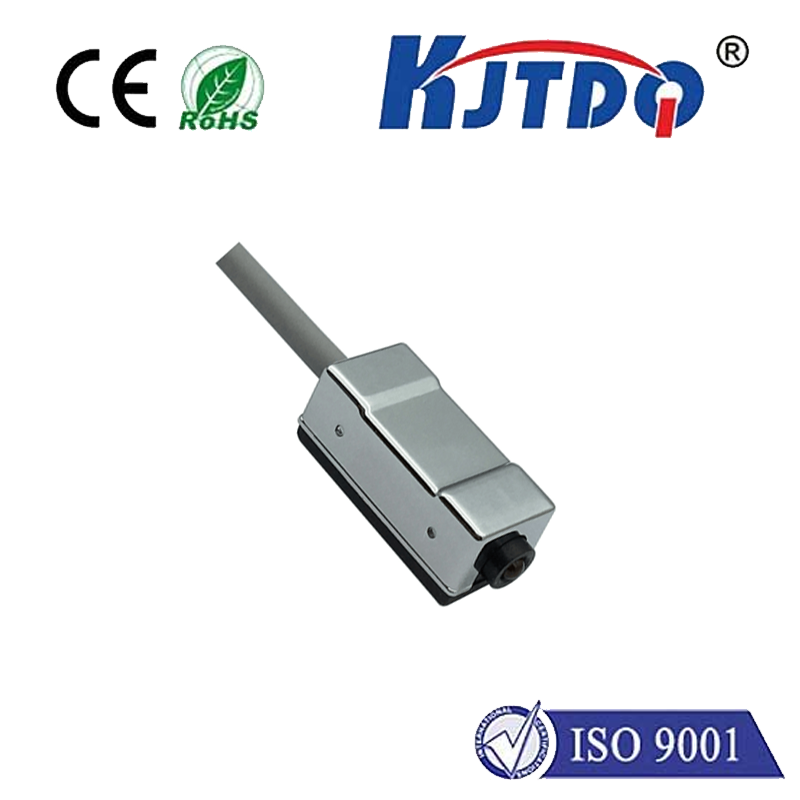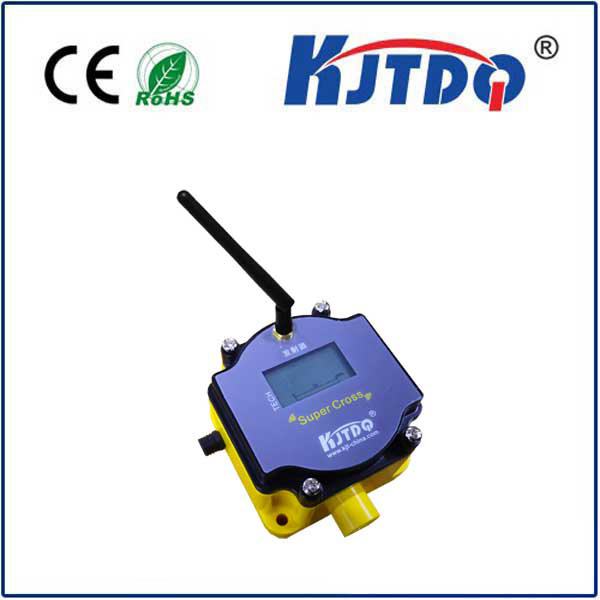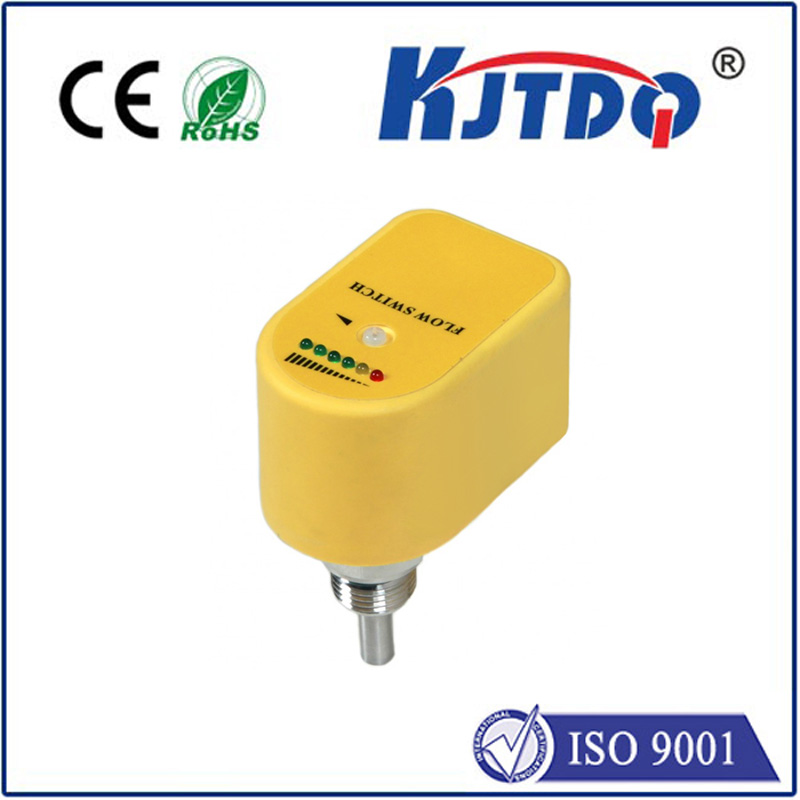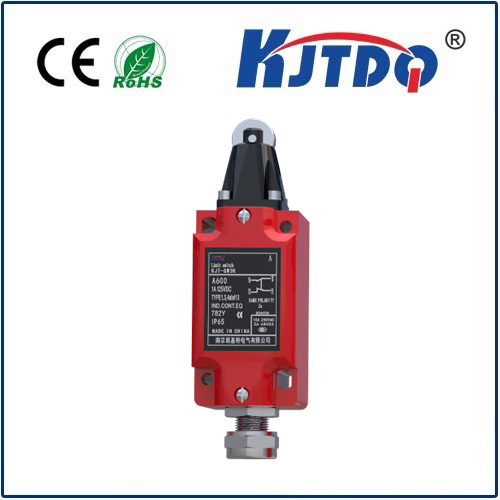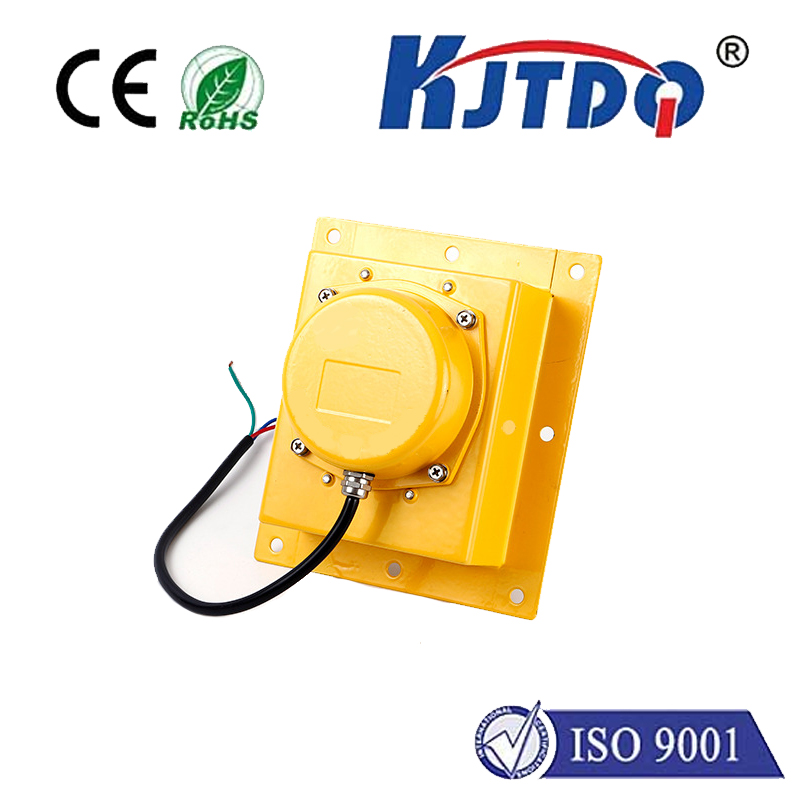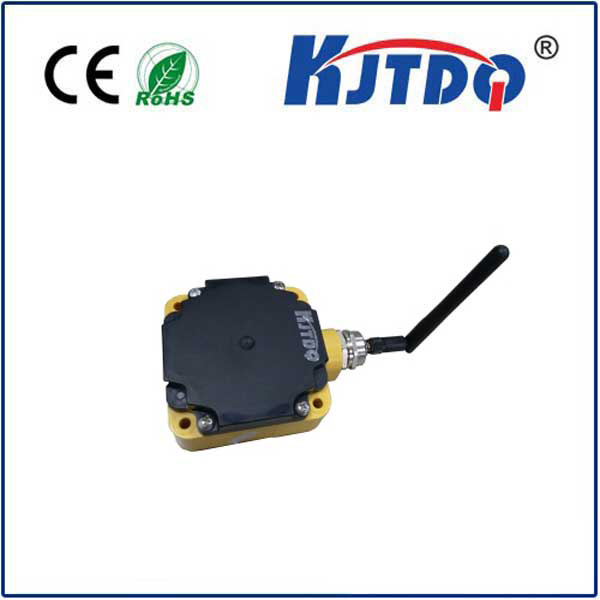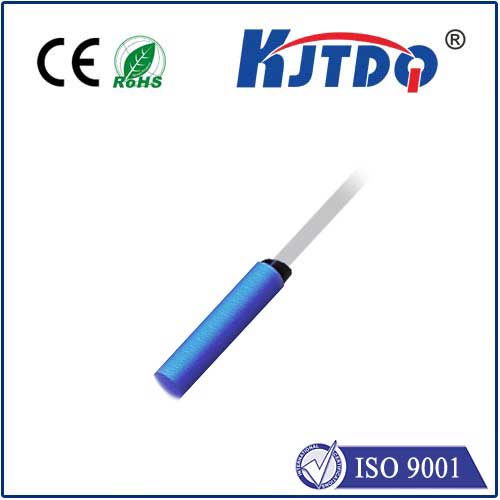fan limit
- time:2025-08-04 12:34:30
- Нажмите:0
Understanding Fan Limits: Optimizing Your Cooling System Performance
That sudden, unexpected shutdown. The unnerving grinding noise from your PC case. The frustrating performance dip in your gaming console or industrial machine precisely when you need it most. Often, the culprit isn’t a catastrophic failure, but a critical system safeguard reaching its threshold: the fan limit. Understanding what this means, how it impacts your devices, and how to manage it is crucial for maintaining optimal performance, longevity, and peace of mind. This guide dives into the world of fan limits, demystifying their purpose and exploring strategies for smarter cooling.
What Exactly is a “Fan Limit”?
At its core, a fan limit refers to the operational constraints imposed on an electric cooling fan. These constraints are typically set by physical design, electronic control systems, or safety protocols to prevent damage to the fan itself, other components, or even users. They represent the boundaries within which the fan can safely and effectively operate. Crucially, these limits manifest in several key ways:

- Maximum Rotational Speed (RPM Limit): Every fan motor has a physical upper bound dictated by its design, bearings, and power handling capabilities. Exceeding this speed limit generates excessive centrifugal force and heat, leading to rapid bearing wear, motor burnout, or catastrophic failure like blade detachment. Electronic controllers actively prevent fans from surpassing their designated maximum RPM.
- Minimum Operating Voltage/Start-up Voltage: Fans require a minimum voltage threshold to overcome inertia and begin spinning reliably. This lower voltage limit ensures stable operation. If the supplied voltage dips below this point (due to power fluctuations or aggressive low-speed settings), the fan may stall, hesitate, or produce unreliable cooling.
- Temperature Thresholds: Fans are often governed by temperature sensors (thermistors). A high-temperature limit might trigger maximum fan speed to avert overheating damage to critical components (CPU, GPU, power supply). Conversely, a low-temperature limit might shut the fan off entirely to minimize noise and power consumption when cooling isn’t needed. These thresholds are vital for system protection.
- Power Consumption (Current Draw): Fans draw electrical current proportional to their speed and load. Power supplies and control circuits have finite capacities. An amperage or wattage limit prevents a fan from drawing more power than the system can safely provide, avoiding circuit overloads or instability.
- Acoustic Noise Levels: While not always a hard “limit” controlled electronically, excessive noise is a significant practical constraint. User comfort and environmental requirements often necessitate keeping fan speed below certain levels, effectively creating a soft limit based on acceptable noise thresholds.
Why Do Fan Limits Matter? The Real-World Impact
Ignoring or misunderstanding fan limits can lead to a cascade of problems:
- Component Failure: The most severe consequence. Consistently pushing a fan past its maximum RPM stresses bearings and motors, leading to premature failure. A stalled fan due to hitting the minimum voltage limit results in zero cooling and subsequent overheating of the components it was meant to protect. This thermal runaway can destroy CPUs, GPUs, VRMs, and other sensitive electronics.
- Reduced Lifespan: Even operating consistently near, but not exceeding, design limits accelerates wear and tear. Bearings degrade faster, lubricants dry out, and motor windings endure more stress, shortening the fan’s operational life significantly. Adhering to manufacturer specifications is key to longevity.
- System Instability and Throttling: Modern electronics employ sophisticated thermal management. If a cooling system hits its limits and temperatures rise uncontrollably, the system will forcibly protect itself. CPUs and GPUs will thermally throttle – dramatically reducing their clock speeds and performance – to lower heat output. This results in frustrating lag, stuttering in games, and slow application responsiveness. In servers or industrial settings, this translates directly to reduced output and potential financial loss.
- Unreliable Operation: Fans operating on the edge of their voltage limits might exhibit erratic behavior – stalling, surging, or failing to start reliably. This inconsistent cooling leads to fluctuating temperatures and unpredictable system performance.
- Excessive Noise: Fans spinning at or near their maximum RPM generate significant aerodynamic and mechanical noise. This noise pollution can be distracting in an office or home environment and disruptive in critical listening or recording settings. Optimizing fan curves below acoustic comfort thresholds is essential for user experience.
Optimizing Cooling Within Fan Limits: Practical Strategies
Understanding your system’s cooling constraints empowers you to work within them effectively, maximizing performance and reliability:
- Choose Wisely: Selecting the right fan for the job is paramount. Match the fan’s specifications (CFM airflow, static pressure capability, rated RPM range, voltage requirements, noise levels) to your specific cooling needs and chassis constraints. Don’t assume bigger or faster is always better – ensure it fits physically and electrically. Consider static pressure optimized fans for heatsinks/radiators, and airflow optimized fans for case ventilation.
- Master Fan Control Curves: Modern motherboards and fan controllers allow customizing fan speed based on temperature sensor readings. This is the single most effective optimization tool. Instead of letting fans run at full blast or sit idle, create a curve that ramps speed gradually as temperatures rise. The goal is to keep components cool enough under load without unnecessarily hitting the fan’s maximum RPM limit during normal operation, minimizing noise and wear. Target temperatures just below throttling points for optimal balance.
- Ensure Adequate Power: Verify your power supply or fan header can deliver the required voltage (usually 12V) consistently and handle the combined current draw (amperage) of all fans. Undervolting fans excessively can push them below their reliable start-up voltage limit.
- Prioritize Airflow Management: Fans don’t work in isolation. Poor chassis airflow forces fans to work harder (spin faster, consuming more power and nearing their RPM limit) to compensate for obstructions, hot air pockets, or lack of intake/exhaust balance. Invest in cable management, ensure clear intake paths (dust filters cleaned regularly!), and establish a logical directional airflow (e.g., front-to-back, bottom-to-top). Good airflow reduces the burden on individual fans.
- Maintain Regularly: Dust accumulation is a silent killer of cooling efficiency. Dust acts as insulation on heatsinks, clogging fan blades and radiators, drastically reducing their ability to transfer heat. This forces fans to spin faster (and louder) to attempt to maintain the same cooling level, pushing them closer to their operational limits. Schedule regular cleaning to prevent this insidious buildup.
- Consider Liquid Cooling (Advanced): For extremely high-heat workloads (overclocked CPUs/GPUs), premium air coolers or liquid cooling radiators with high-static-pressure fans can often move more heat without requiring individual fans to run near their absolute maximum RPM limit, potentially offering better cooling performance at lower noise levels. However, liquid systems introduce their own complexity and potential points of failure.
Fan Limits: Guardians, Not Hindrances
While the term “limit” might imply restriction, fan limits are fundamentally protective measures. They act as essential safeguards, preventing catastrophic failures and ensuring system stability. The key to maximizing performance isn’t circumventing these limits but intelligently designing and managing your cooling solution to operate efficiently within them. By selecting appropriate components, implementing smart fan control, maintaining good airflow, and performing regular upkeep, you harness the fan’s potential effectively. This approach delivers the dual benefits of sustained component health and peak system performance, all while keeping disruptive noise firmly under control. Remember, respecting the fan limit isn’t about holding your system back; it’s about ensuring it runs reliably, quietly, and powerfully for the long haul.

